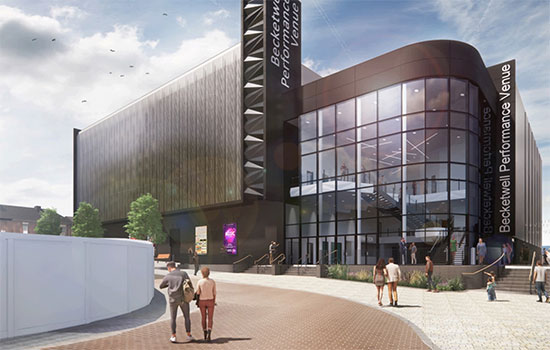
Causes and consequences of degradation of the Amazon rainforest
The article notes that about 38% of what remains of the Amazon forest region is experiencing some type of degradation, which causes as much or more carbon emissions as deforestation.
Highlights:
- In addition to the effects on the climate, degradation can have significant social and economic impacts.
- By 2050, degradation factors such as fires and illegal logging will continue to be among the major sources of carbon emissions
- One solution might be to establish an integrated monitoring system for forest degradation
degradation process Amazon Much larger than scientists thought, according to a study published Friday (January 27, 2023) in the journal “SciencesIt was signed by 35 authors from national and international institutions, such as the State University of Campinas (Unicamp), the Institute for Environmental Research in the Amazon (IPAM), the National Institute for Space Research (INPE) and Lancaster University in the United Kingdom.
The article notes that about 38% of the remaining forest area is experiencing some type of degradation, which causes carbon emissions as much or more as deforestation. The work is the result of the AIMES (Analysis, Integration and Modeling of the Earth System) project, which is associated with the international Future Earth initiative, which brings together scientists and researchers who study sustainability.
The conclusions are the result of an analytical review of scientific data based on previously published satellite imagery and ground data on changes in the Amazon region between 2001 and 2018. The authors define the concept of degradation as transient or long-term changes in forest conditions caused by humans. Degradation differs from deforestation in that the latter involves changes in land cover—that is, when forests are cleared, a forest ceases to be a forest.
Four major drivers of degradation were considered: wildfires, edge effect (changes that occur in forest areas adjacent to areas that have been cleared), selective logging (such as illegal deforestation) and severe drought.
Different areas of forests can be affected by one or more of these factors, which have different origins. says Joss Barlow, researcher at Lancaster University in England, and co-author of the study.
In addition to impacts on climate and biodiversity loss, scientists estimate that the degradation of the Amazon has significant social and economic impacts that must be investigated more deeply in the future. “Degradation favors the few, but burdens the many,” says David Lapola, researcher at CEPAGRI (Center for Research in Meteorology and Climate Applied to Agriculture), from Unicamp and head of the study. Completes Patricia Pinho, researcher at the Instituto Pesquisa Ambiental da Amazônia (IPAM) and co-author of the study.
In the team’s 2050 projection, the four degradation factors will continue to be the main sources of carbon emissions to the atmosphere, regardless of whether deforestation in the forest grows or stops. “Although it seems clear, even in the optimistic scenario, when there is no more deforestation, degradation remains a carbon emission factor, mainly due to climate change,” Lapola says. For the world, preventing the progress of deforestation can contribute to bringing more attention to other drivers of forest degradation.
The authors of the article suggest establishing a degradation monitoring system, as well as preventing and stopping illegal logging and controlling fire use. One of the proposals is the concept of “smart forests” which, like the idea of ”smart cities”, uses different types of technologies and sensors to collect useful data in order to improve the quality of the environment. Lapola estimates that “public and private actions and policies to reduce deforestation will not necessarily solve the problem of degradation.” “It is essential to invest in innovative strategies,” he adds.
An overview of forest degradation processes in the Amazon region.
The underlying drivers (some shown in gray below) lead to disturbances (logging, fire, edge impacts, severe drought) that cause forest degradation. The satellite demonstrates attempts to estimate the spatial extent of degradation and associated carbon losses. Impacts (in red and in detail) are local – causing losses in biodiversity or affecting the livelihoods of forest dwellers – or remote, for example, with smog affecting people’s health in cities or causing glaciers in the Andes to melt due to black deposition . Carbon Credit: Alex Argozino / Studio Argozino
Reference:
Drivers and Impacts of Amazon Forest Degradation by David M. Lapola and collaborators
https://doi.org/10.1126/science.abp8622
[ Se você gostou desse artigo, deixe um comentário. Além disso, compartilhe esse post em suas redes sociais, assim você ajuda a socializar a informação socioambiental ]
Source: IPAM
in EcoDebateISSN 2446-9394
EcoDebate e-journal can be maintained thanks to technical support and hosting porto vasil.
[CC BY-NC-SA 3.0][ O conteúdo da EcoDebate pode ser copiado, reproduzido e/ou distribuído, desde que seja dado crédito ao autor, à EcoDebate com link e, se for o caso, à fonte primária da informação ]

“Friendly zombie guru. Avid pop culture scholar. Freelance travel geek. Wannabe troublemaker. Coffee specialist.”






